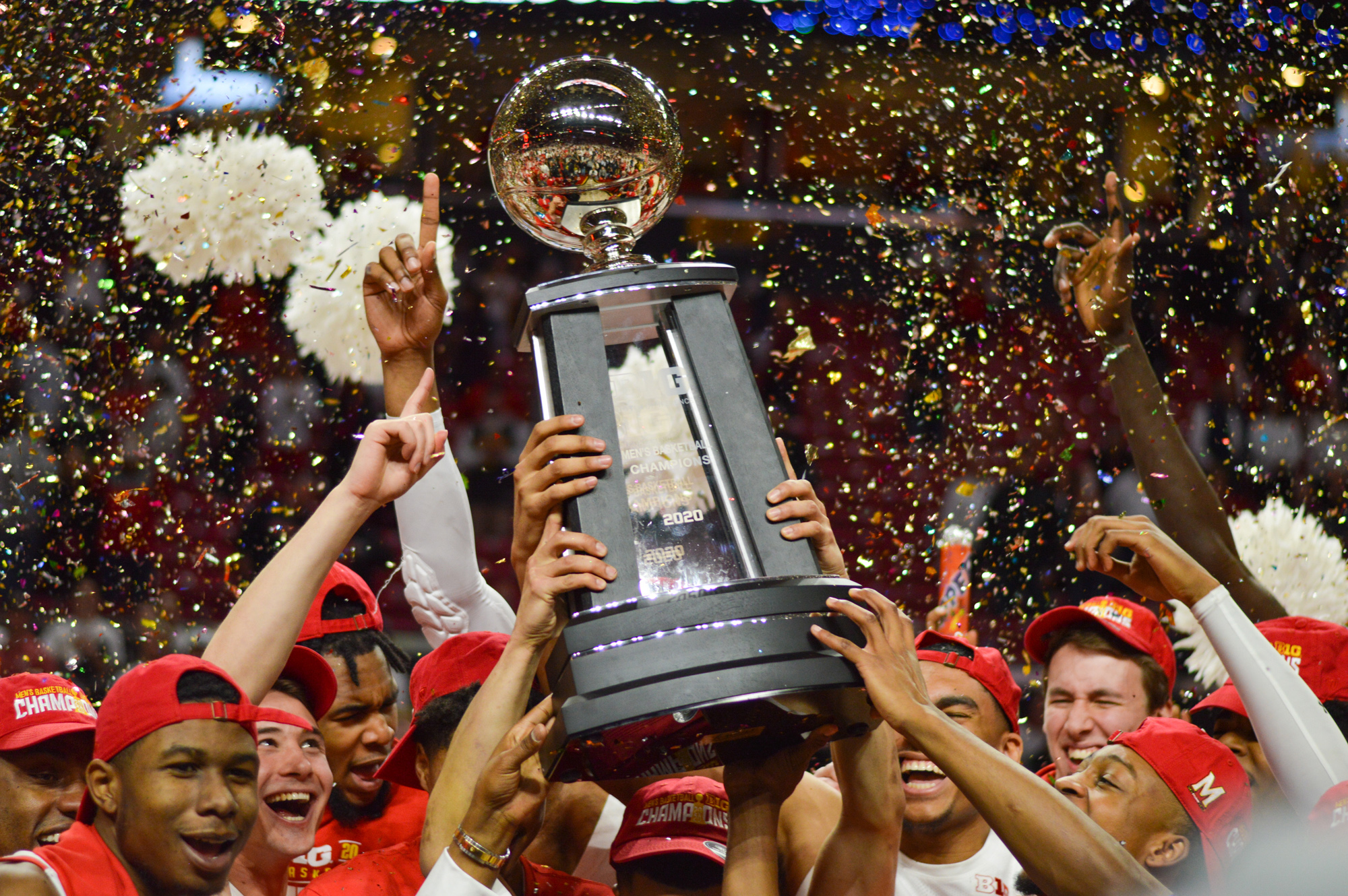Views expressed in opinion columns are the author’s own.
In an August town hall with The Diamondback, University of Maryland President Darryll Pines said, in regard to his decision to bring students on campus, “If this was all about money, then I would not have supported the Big Ten’s decision to postpone fall sports.”
This statement, which echoes similar sentiments of the university’s athletic director, shows the concern of university administrators over the lost revenue from a delayed football season. This pandemic has placed an unprecedented financial strain on colleges and universities across the country and, in doing so, has put a spotlight on how large colleges and universities have depended on the exploitation of student-athletes.
In its 114 years of existence, the NCAA has grown from a small rule-making body designed to facilitate intercollegiate sports to an institution that brings in billions of dollars of revenue to colleges and universities across the country. Despite this massive growth, it is still recognized by the public as a nonprofit entity with a purported mission of protecting the amateurism of the student-athletes. This portrayal of the NCAA and college athletics as a whole has become increasingly complicated in recent months, as more universities have been forced to grapple with the decision to hold fall sports. The ensuing debate of safety versus revenue shows what sports like football and basketball really are: highly profitable sources of income for schools.
To be clear, college athletics are not problematic simply because they provide revenue for their schools. Rather, it is how they have created a system by which the producers of that revenue, student-athletes, are largely restricted from sharing in those profits.
A recent study from the National Bureau of Economic Research estimates that college athletes in revenue-generating sports receive only 7 percent of the total revenue generated, given in the form of academic scholarships. This has allowed universities to receive profits that otherwise would be unsustainable if they were to pay student-athletes a competitive wage. These profits are then redistributed to other parts of the school’s budget, like nonrevenue-generating sports and coaches’ salaries.
Describing college athletics in these terms is crucial to understanding how colleges and universities depend on the labor of student-athletes to provide income for the school. This has become especially clear during the pandemic, as both the statements and actions of administrators speak to the dire consequences that could result from the lost revenue of athletic cancellations.
University budgets will continue to suffer due to the loss of revenue-generating sports, but this does not mean we should return to the status quo when things are back to normal. Rather, this should be a time for the NCAA and lawmakers to begin discussing ways in which they can more fairly compensate student-athletes in the future.
Student-athletes in revenue-generating sports should not be responsible for funding the operations of entire athletic programs while concurrently being prohibited from profiting off of their own image and likeness. In a moment when the importance of student-athletes is more clearly understood, there is arguably no better time for this reality to finally change.
Evan Crum is a junior government and politics and psychology major. He can be reached at ecrum42@umd.edu.



